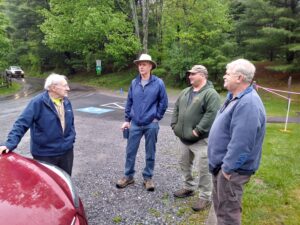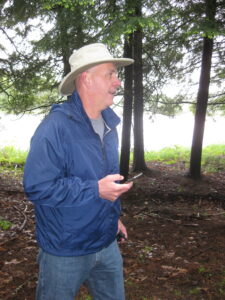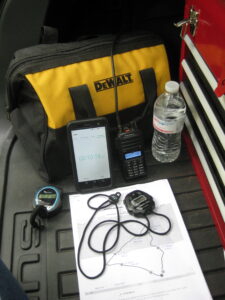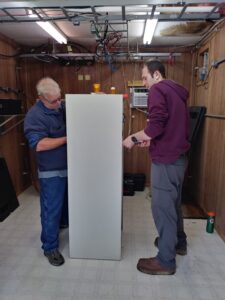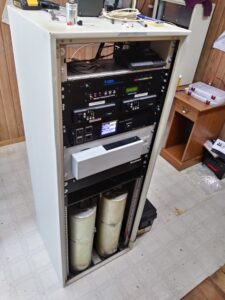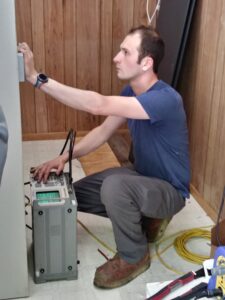Due to the coronavirus, all future PARA meetings will take place online until further notice.
We will be using a popular service known as Zoom. This service is being used by many of the faculty, students, and staff at Penn State. Several of us have been testing it, and it appears to be simple and reliable.
Security
We are aware that there have been some stories in the media about unwanted guests hacking into Zoom meetings to shout profanities or display vulgar content. We believe that the risk of this is low as long as we all keep the Meeting ID and Password private. Each meeting will have a new Meeting ID and Password which are only valid until the meeting has ended.
Hardware Requirements
Zoom can be used with a desktop computer, a laptop, a tablet, or a smartphone. In order to use zoom with a desktop computer, you will need a webcam. You can find a wide selection of webcams at B&H Photo or Amazon. Just search for “webcam”.
Joining a Meeting
Shortly before a meeting is scheduled to start, the person who is hosting the meeting will send you an email containing the Meeting ID, a Password, and a link that you can click to start Zoom. If you click the link, a Zoom session will begin and the Meeting ID and Password will be entered automatically. If you wish to join the meeting using a different device, you will need to enter the Meeting ID and Password manually.
Please note that if you are using Zoom for the first time, the Zoom software will be installed on your device when you click the link. You can also download Zoom manually at any time.
Guests are Welcome
PARA meeting invitations are normally sent to each member of PARA, but other radio enthusiasts are also welcome to attend PARA meetings. If you wish to attend a specific meeting, please send a request to info@w3phb.org.
The Meeting Environment
During a meeting, we will all be able to see and hear one another. Each person’s face will appear in a separate window. You can speak at any time, just as if we were meeting in a physical room. A green border will be shown around the window of the person who is currently speaking.
Each person has the ability to turn off their video if desired. This might be useful if you have a very low-bandwidth connection, although Zoom will automatically adjust the video resolution sent and received to accommodate low bandwidth connections.
Courtesy
Please try to eliminate any sources of background noise. If you can’t eliminate the noise, then please mute your microphone when you are not speaking.
If we encounter problems with multiple people inadvertently speaking at once (i.e. doubling), the meeting host may request that everyone raise their hand and wait to be recognized before speaking.
Scheduled Meetings
Our first virtual meeting will be the monthly PARA meeting scheduled for Saturday, April 11, at noon.
In order to test out our systems and resolve any technical issues, we will have a practice meeting on Wednesday, April 8, at 8:00 pm.
Please note that anyone can host a Zoom meeting and invite others to join. So if you miss the practice session, or you can’t get a webcam in time, you can test your system with anyone you know who is also using Zoom.
40-Minute Time Limit
Zoom has membership plans starting at $14.95 per month which allow for meetings of unlimited length. We are currently using a free membership which limits the length of meetings between three or more people to 40 minutes. In order to make the best possible use of our 40-minute window, we ask that you please join the meeting at the scheduled time and keep your questions and comments brief.
Those of us who have been testing Zoom have conducted several three-person meetings that exceeded 40 minutes. There are reports that Zoom has lifted the restriction during the coronavirus crisis, but we couldn’t find a policy statement from Zoom. So we will need to assume that any meeting could be cut off at the 40-minute mark, and plan accordingly.
Support
If you have any questions or concerns about virtual meetings, please contact info@w3phb.org


